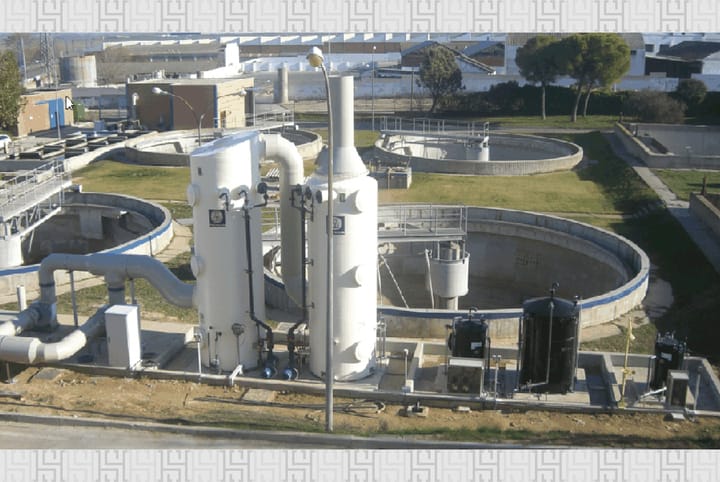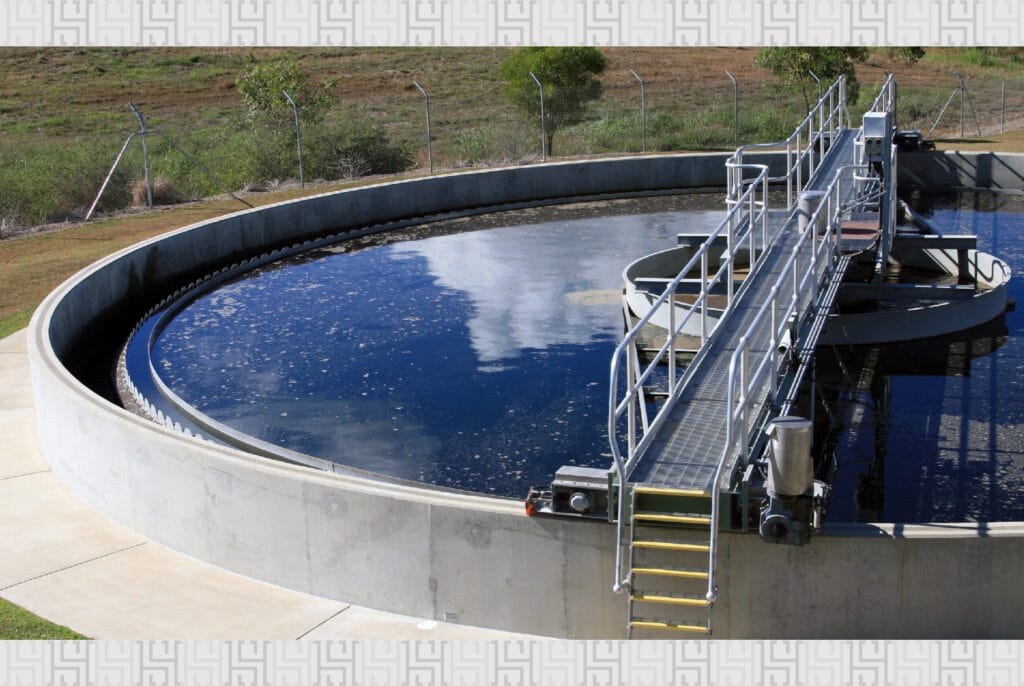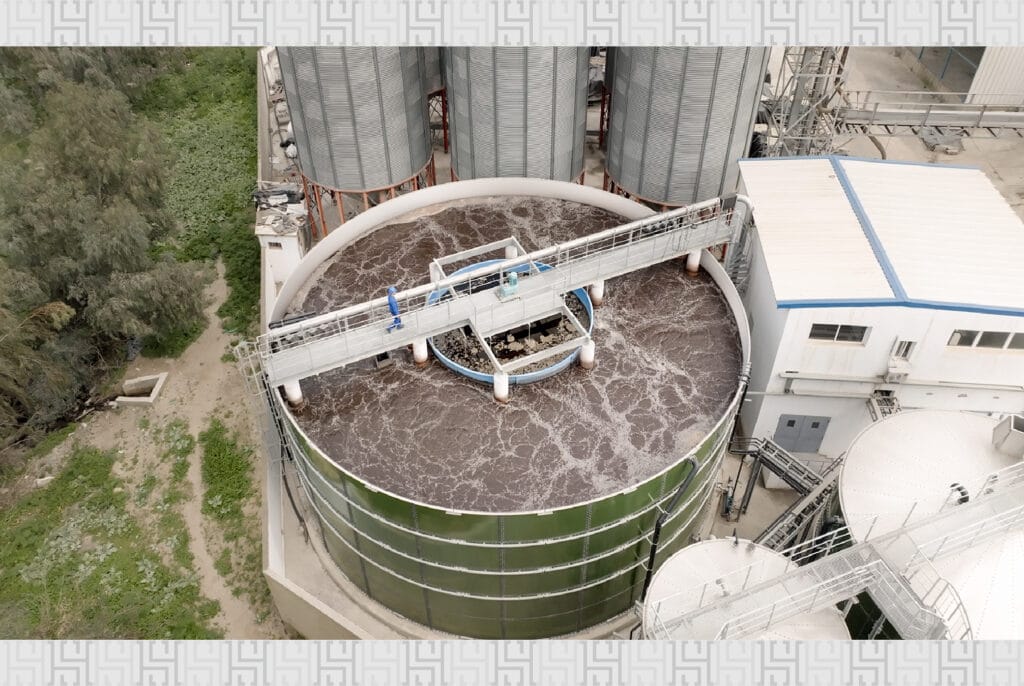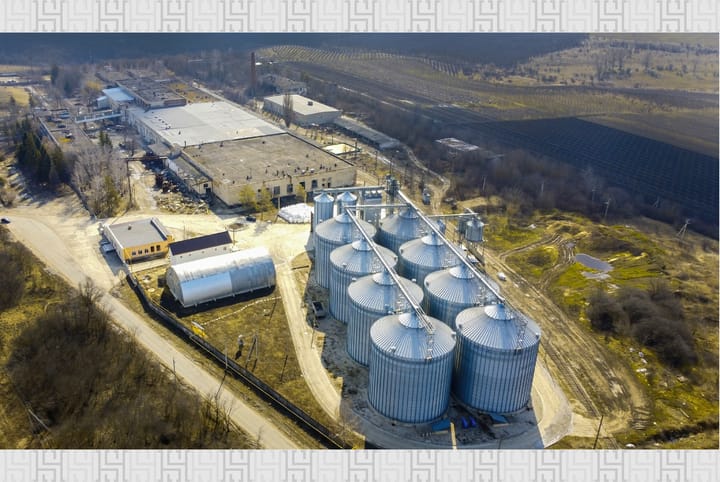Industrial Wastewater Treatment is no longer just an operational necessity for firms; today, it is a part of the business. Effective strategies for stewardship make industrial waste management crucial from the perspective of abiding by laws, being eco-friendly, and potentially saving on expenditure where there are access restrictions and social pressure on firms to be responsible, and limited resources. This guide discusses the primary methods of industrial wastewater treatment and the implementation of new technologies. Moreover, it provides some recommendations for those companies aiming to improve their industrial water management.
What Is Industrial Wastewater Treatment?
Industrial wastewater treatment is the process of cleaning water from factories to be able to release it into the environment or recycle it. It is essential because inadequately treated or untreated effluent may cause environmental pollution, posing threats to ecosystems as well as human health. For businesses, rule-breaking can mean astronomical fines, damaging effects to their reputation, and even forced closure. Fair treatment, on the other hand, opens up cost-effective water reuse opportunities that minimize the use of new water sources and cause the economy to operate in a loop.
Major Pollutants are Extremely Industry-Specific:
- Textiles: dyes, heavy metals, and high levels of BOD/COD.
- Chemicals: heavy metals, bases/acids, toxic compounds, and complex organics.
- Municipal Wastewater: High amounts of organic matter (BOD/COD), suspended matter, and nutrients (nitrogen, phosphorus), oils,
- Pharmaceuticals: active pharmaceutical ingredients (APIs), solvents, high COD, and complex organic compounds
- Mining: Low pH, heavy metals, suspended solids, and sulfates.
- Oil and Gas: hydrocarbons, suspended matter, high levels of salinity, and heavy metals.
The first step in making good industrial wastewater treatment systems is to understand the problems that are unique to each industry.

The Process of Industrial Wastewater Treatment
The sequence of physical, chemical, and biological stages in the industrial wastewater treatment process steps separates the contaminants from the water in selected stages until the water is suitably treated.
Pretreatment:
This first step removes heavy solids, grit, and controls flow to protect downstream equipment and enhance the remainder of the treatment process. Common methods include:
- Screening: Elimination of large objects such as rags, plastics.
- Grit Removal: Sedimentation of sand, gravel, and other heavy inorganic particles.
- Flow Equalization: Decelerating variations in flow rate and pollutant concentration.
- pH Correction: The neutralization of highly acidic or alkaline wastewater to a pH range of biological/chemical process stages. This is of high importance for the microorganisms in the biological treatment.
Primary Treatment:
This stage focuses on removing suspended solids and some degree of organic matter using physical and chemical techniques.
- Sedimentation/Clearing: The weight or density method.
- Flotation: lighter substances (oil and grease) can be made to rise to the surface with the aid of gas bubbles.
- Oil/Water Separators: Special apparatus to separate liquid oil and water.
- Coagulation-Flocculation: Use chemicals (alum or ferric chloride) as a coagulant to settle suspended matter, then apply flocculant to increase the size of the resulting floc. This enhances the efficiency of sedimentation.
Secondary Treatment:
This is mainly a biological method of eliminating dissolved and colloidal organic matter (BOD/COD) with the aid of microorganisms.
- Activated Sludge: A commonly practiced aerobic biological process whereby microorganisms are kept in suspension in aeration tanks where they oxidize organic pollutants.
- Membrane Bioreactors (MBR): An improvement on the activated sludge process, which applies membrane filtration (ultrafiltration or microfiltration) to membranes integrated into the biological reactor. Compared to conventional systems, MBRs provide a much higher quality effluent and occupy a smaller footprint.
- Biofilters (Trickling Filters, Rotating Biological Contactors): Wastewater trickles over microorganisms that are grown on a fixed media, enabling the degradation of organic matter.
- Anaerobic Digestion: This process is applied to high-strength organic wastewater. It uses microorganisms to break down organic matter in the absence of oxygen, yielding biogas (methane), which can be used as a valuable energy source. One of the top differences when looking at biological vs. chemical wastewater treatment is this: biological processes use natural methods, frequently using fewer chemicals, while chemical treatments utilize the addition of chemical reagents.
Tertiary/Advanced Treatment:
This step is performed to eliminate specific remaining treatment pollutants secondary to treatment two, or provide exceptional quality effluent for sensitive ecosystems, or for them to be reused.
- Filtration: Sand and activated carbon filters are used for polishing effluent.
- Reverse Osmosis (RO): A type of membrane separation process that removes dissolved salts, heavy metals, and other low molecular weight organic contaminants from water to produce very pure water that can be reused in industrial processes and, after further industrial water purification, consumed.
- UV Disinfection: The use of ultraviolet lights to inactivate chemically, bacteria, viruses, and other microorganisms without the use of chemical substances.
- Advanced Oxidation Processes (AOP): These processes (e.g., UV/H2O2, O3/H2O2, Fenton process) use highly reactive hydroxyl radicals for the breakdown of resistant organic persistent pollutants such as organic pharmaceuticals and some pesticides, which are resistant to most biological treatments.
Sludge Management:
Every treatment procedure produces sludge, which is the concentrated byproduct of pollution reduction. Effective sludge management is crucial for saving costs and environmental protection.
- Thickening: Reduction of sludge volume.
- Dewatering: Reduction of water content of sludge using presses or centrifuges.
- Stabilization: Reduction of pathogens and putrescibles (e.g., anaerobic digestion, composting).
- Disposal / Beneficial reuse: Landfilling, incineration, or land application (as a soil amendment if quality permits).
Key Challenges & Solutions
Sectors encounter specific, one-of-a-kind problems when it comes to industrial wastewater treatment.
High Organic Load (BOD/COD Reduction):
The food and beverage, pulp and paper industries generate wastewater with a very high BOD/COD ratio.
Solution:
The production of biogas is anaerobically treated using high-rate anaerobic reactors (UASB, EGSB). Enhanced aerobic systems, such as MBR, also have a high specific organic removal efficiency.
Toxic Chemicals & Heavy Metals:
Dangerous substances are released from electroplating, mining, and chemical manufacturing industries.
Solutions:
Some hazardous waste treatment methods include chemical precipitation, ion exchange, adsorption using activated carbon, and membrane filtration, such as nanofiltration and reverse osmosis. Also, advanced oxidation processes AOPs are essential for the elimination of resistant organic pollutants and complicated toxic chemicals.
Regulatory Compliance:
Strict compliance with industrial wastewater regulations (EPA, EU standards) as well as local discharge limits, is a challenge in meeting all of them at once.
Solutions:
Regular monitoring coupled with commitment to compliance due to the best available technologies (EPA, local regulation), proactive compliance, and optimization of processes aids in avoiding violations. Incorporating best practice Environmental Management System (EMS) aids in achieving compliance and control targets.
Cost Reduction:
Industrial wastewater treatment solutions can prove to be quite costly.
Solutions:
Investing in the fine bubble diffusers and high-efficiency blowers, aeration systems bring down energy costs. Maximizing recycling and reuse of water within the facility lowers the cost of fresh water intake and reduces discharge volumes significantly. Savings are also realized through rationalized dosing of chemicals and valorization of sludge (e.g., biogas production, composting).

Emerging Technologies in Industrial Wastewater Treatment
New technologies are constantly emerging toward more effective and sustainable solutions for industrial wastewater treatment.
AI & IoT Monitoring:
The application of Artificial Intelligence and the Internet of Things is modernizing industrial wastewater treatment plant manufacturers. Real-time monitoring (flow, pH, COD, etc.) is done through various sensors, and AI is capable of analyzing this data for numerous purposes like predictive maintenance, optimizing chemical dosing, preventing equipment failures, and maintaining steady effluent quality. All this results in improved efficiency in the industrial wastewater treatment.
Electrochemical Treatment:
Techniques such as electrocoagulation and electro-oxidation are gaining popularity for the removal of persistent contaminants, heavy metals, and emulsified oils. They utilize electrical currents to perform chemical reactions and usually require fewer chemicals and produce less sludge than traditional chemical methods.
Decentralized Treatment Systems:
For remote sites or those with particular discharge requirements, modular, decentralized treatment plants provide adaptable and expandable systems. These are often more economical than connecting to a central municipal system and provide for on-site water reuse.
How to Choose the Right Industrial Wastewater Treatment System?
Selecting the best practices for industrial wastewater treatment requires careful consideration, systematically steered toward best practices.
Comprehensive Flow Rate and Contaminant Analysis:
Start with an exhaustive wastewater audit. Assess the quantitative and qualitative dimensions of your effluent’s waste stream (BOD/COD, TSS, heavy metals, pH, salinity, temperature). This data is foundational for design.
CAPEX vs OPEX Breakdown:
Assess and analyze all systems with a cost-benefit analysis approach. In addition to the capital expenditure (CAPEX), also take into account the operational expenses (OPEX) like energy needs, chemicals, labor costs, maintenance, and disposal of sludge. Look at the payback period for MBR systems as compared to conventional ones, where the former has a higher CAPEX and lower OPEX.
Vendor Evaluation:
While searching for a manufacturing company that has wastewater treatment plants or custom industrial wastewater treatment services, evaluate all possible vendors.
For more in-depth information on industrial wastewater treatment, you can reach out to HS Group or Infra Construction.

Frequently Asked Questions (FAQ)
How to Reduce BOD/COD in Industrial Wastewater?
A Common Practice For Reducing BOD and COD is Biological Treatment: Anaerobic digestion and other forms of digestion are dedicated to treating high-strength wastes. In addition to those, activated sludge and MBRs are equally efficient. Good housekeeping and source reduction practices can significantly aid in lowering the organic load into the waste treatment plant.
What is the most Cost-Effective Industrial Wastewater Treatment?
The answer to this question is different for everyone, as it lies in the specific characteristics of the wastewater along with the discharge limits and objectives. More often than not, a tailored and combined solution proves most effective. Though advanced biological/MBRs and other membrane systems tend to be more expensive initially compared to traditional physical-chemical approaches, their operational expenditure (aeration, energy, water reuse, lower sludge production) makes them cheaper in the long run. Anaerobic digestion systems that recover biogas also demonstrate how resource recovery technologies can reduce costs while generating revenue.
What are Industrial Wastewater Recycling Methods?
Some of the industrial wastewater recycling processes include sand and activated carbon filtrations, UV disinfection, and membrane processes such as ultrafiltration, nanofiltration, and reverse osmosis. The degree of water quality needed determines the processing level for reuse, be it cooling tower makeup water, boiler feed, or process water.
What are Zero Liquid Discharge (ZLD) Systems for Factories?
A zero liquid discharge system (ZLD) is an industrial wastewater treatment system that captures all liquid effluents and eliminates discharge from the facility. Liquid effluents undergo comprehensive treatment, which includes reverse osmosis, evaporation with membrane vapor recovery, and subsequent crystallization and drying to generate a reclaimable material and reduce the remnants to solid waste. Implementing ZLD is common in places with severe water shortages or strictly prohibitive discharge regulations.







